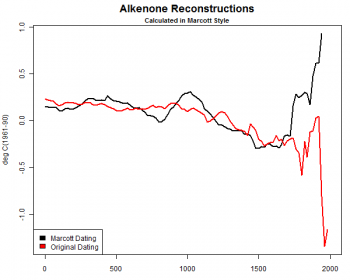The Sun makes the scientists look good — for now!
NOAA today released its monthly update of the Sun’s sunspot cycle, covering the period of May 2013. As I have done every month for the past three years, I have posted this latest graph, with annotations to give it context, below the fold.
For the third month in a row, the Sun has shown increased sunspot activity. Though the total activity continues to remain well below all predictions, it appears that the Sun is going to produce a double-peaked maximum, as predicted by some solar scientists back in March. Be aware however that this prediction isn’t based on any real understanding of the physical processes that produce sunspots but is instead based on the fact that the Sun has sometimes done this in the past. If you asked these scientists why the Sun sometimes produces a double-peaked maximum they will wave their arms about but will really not be able to tell you.




